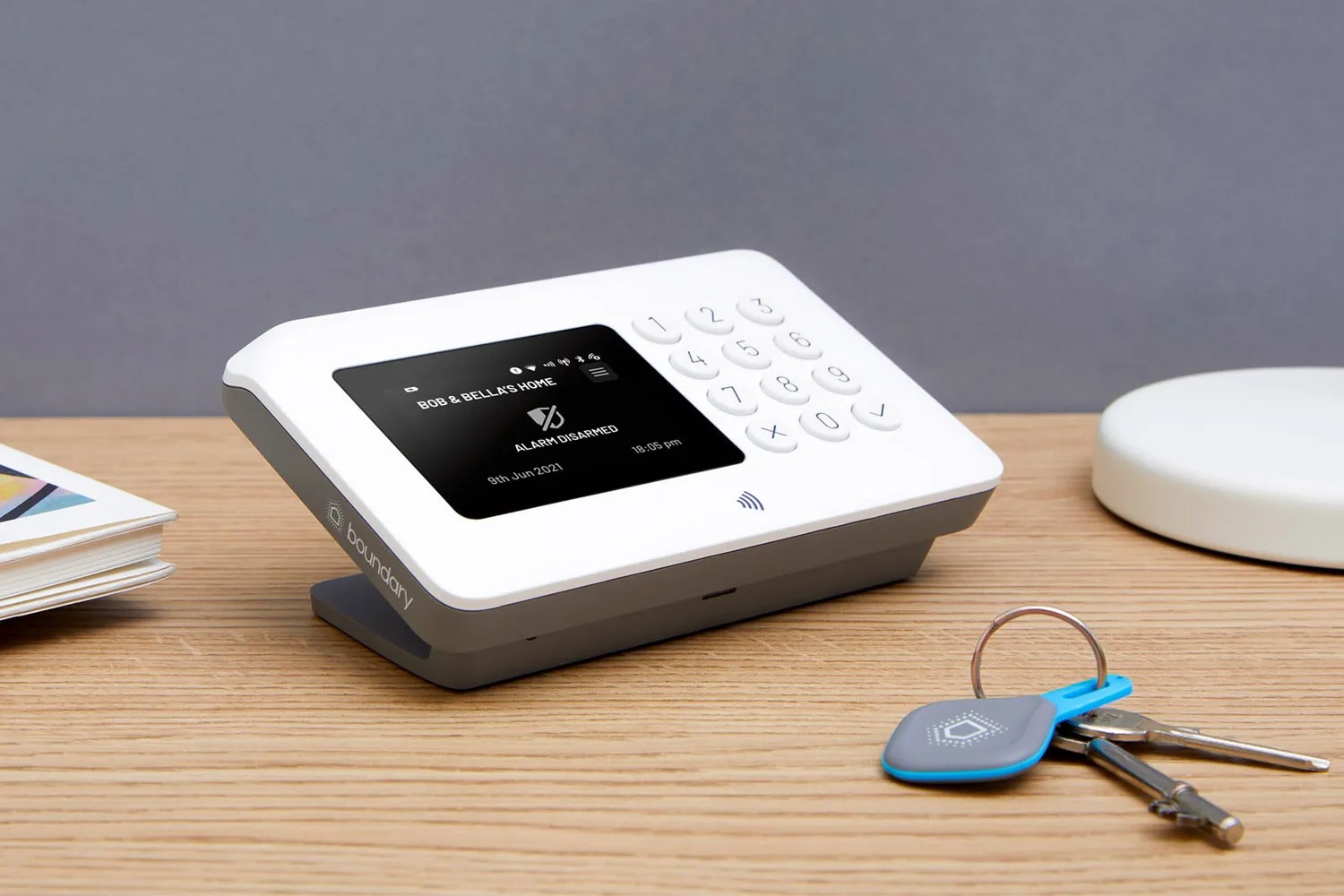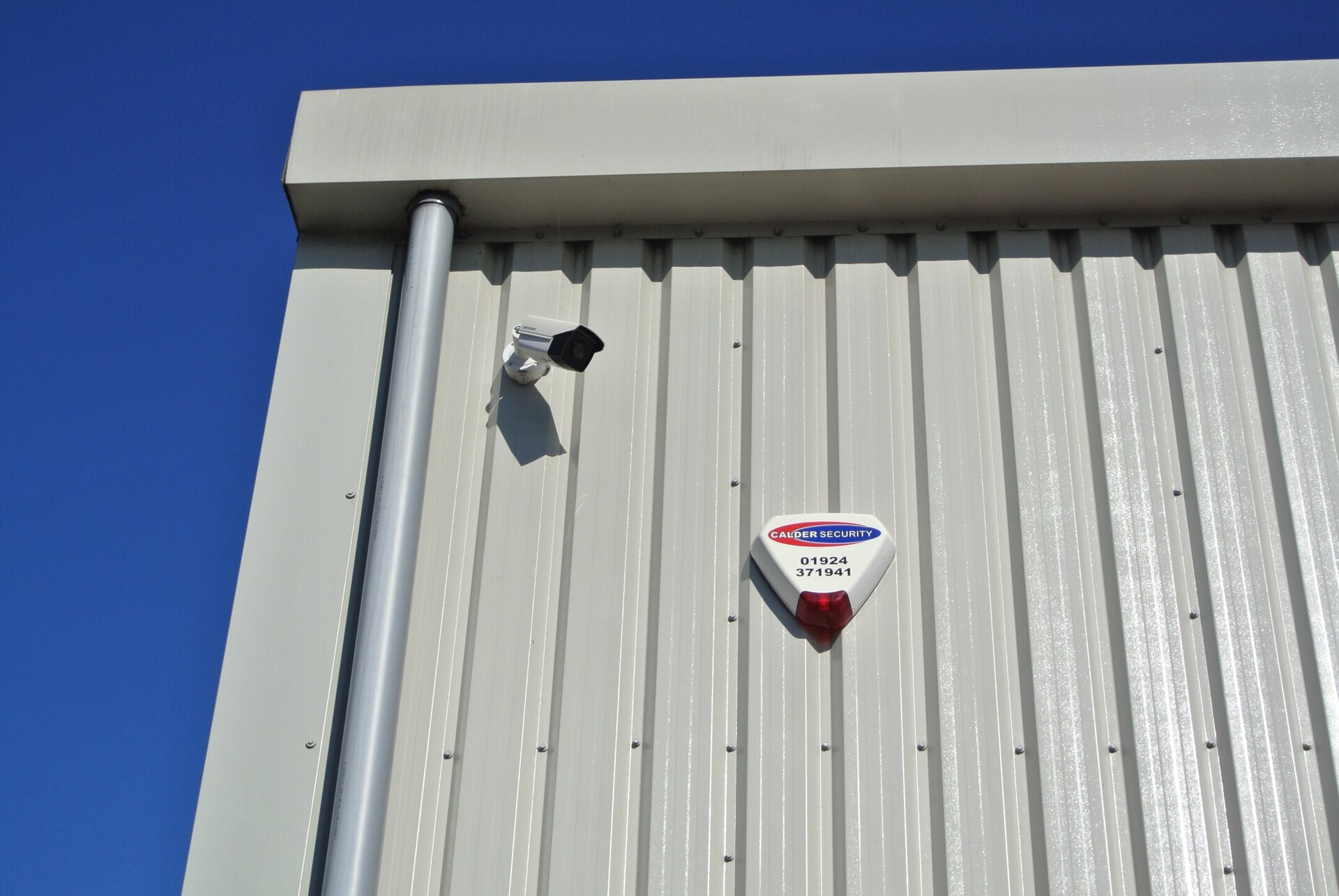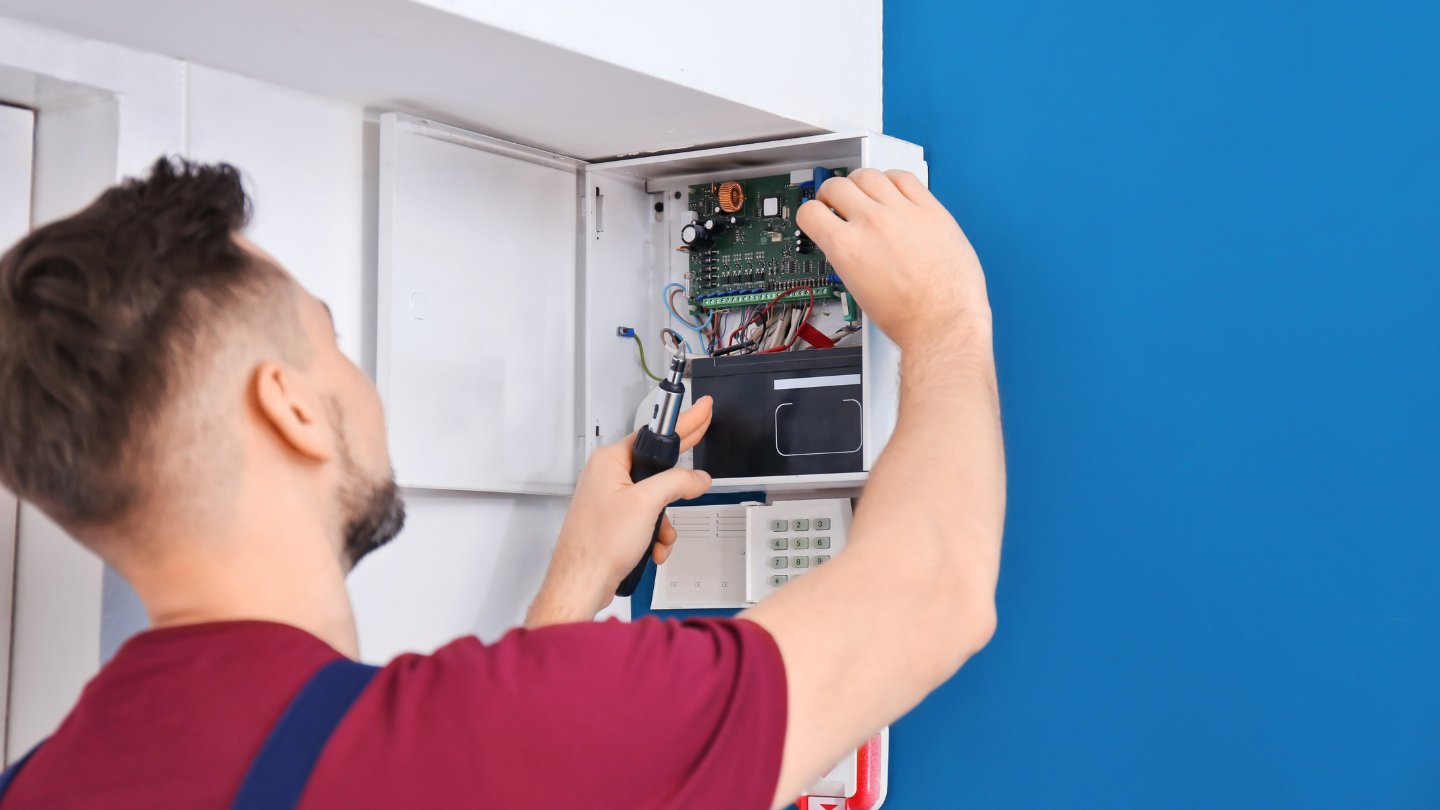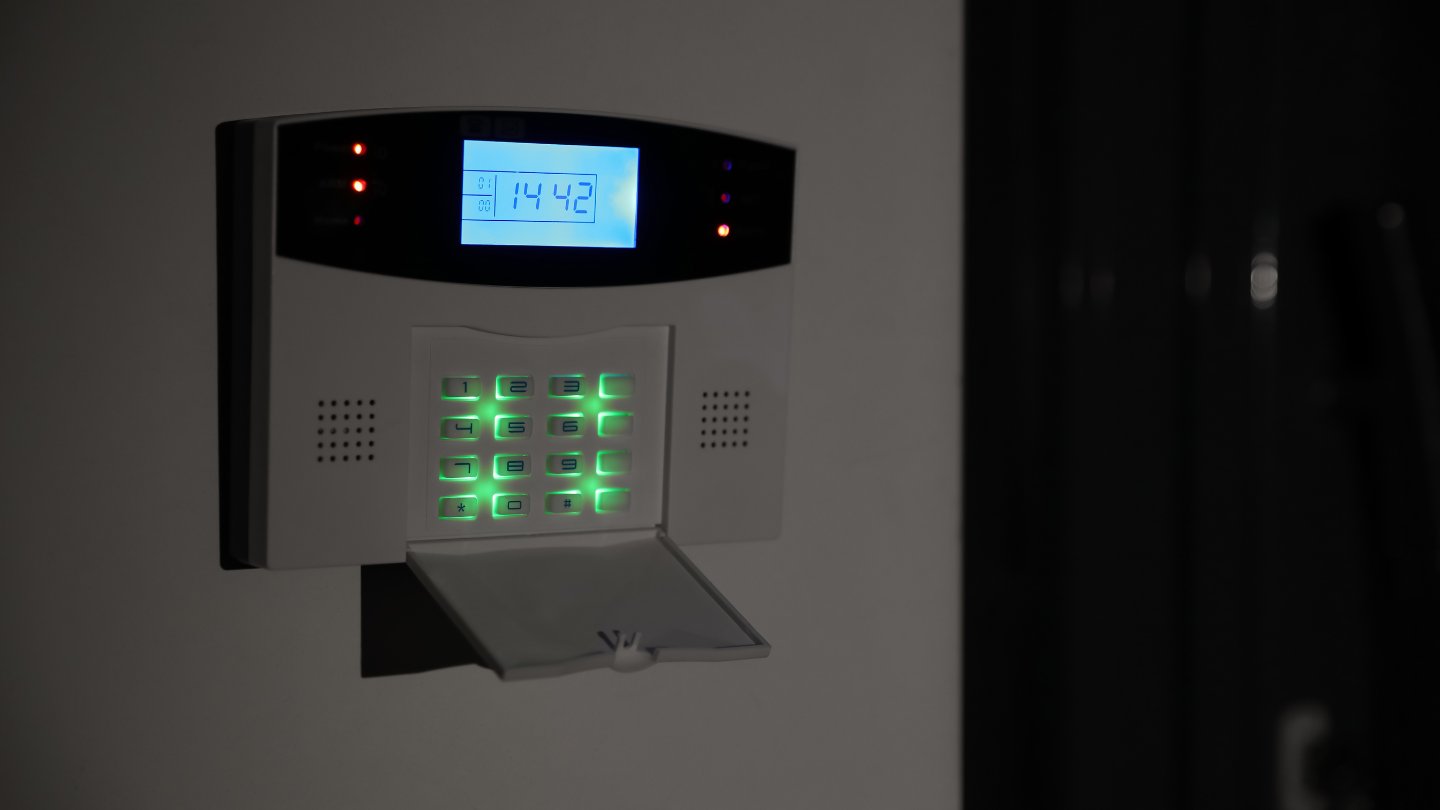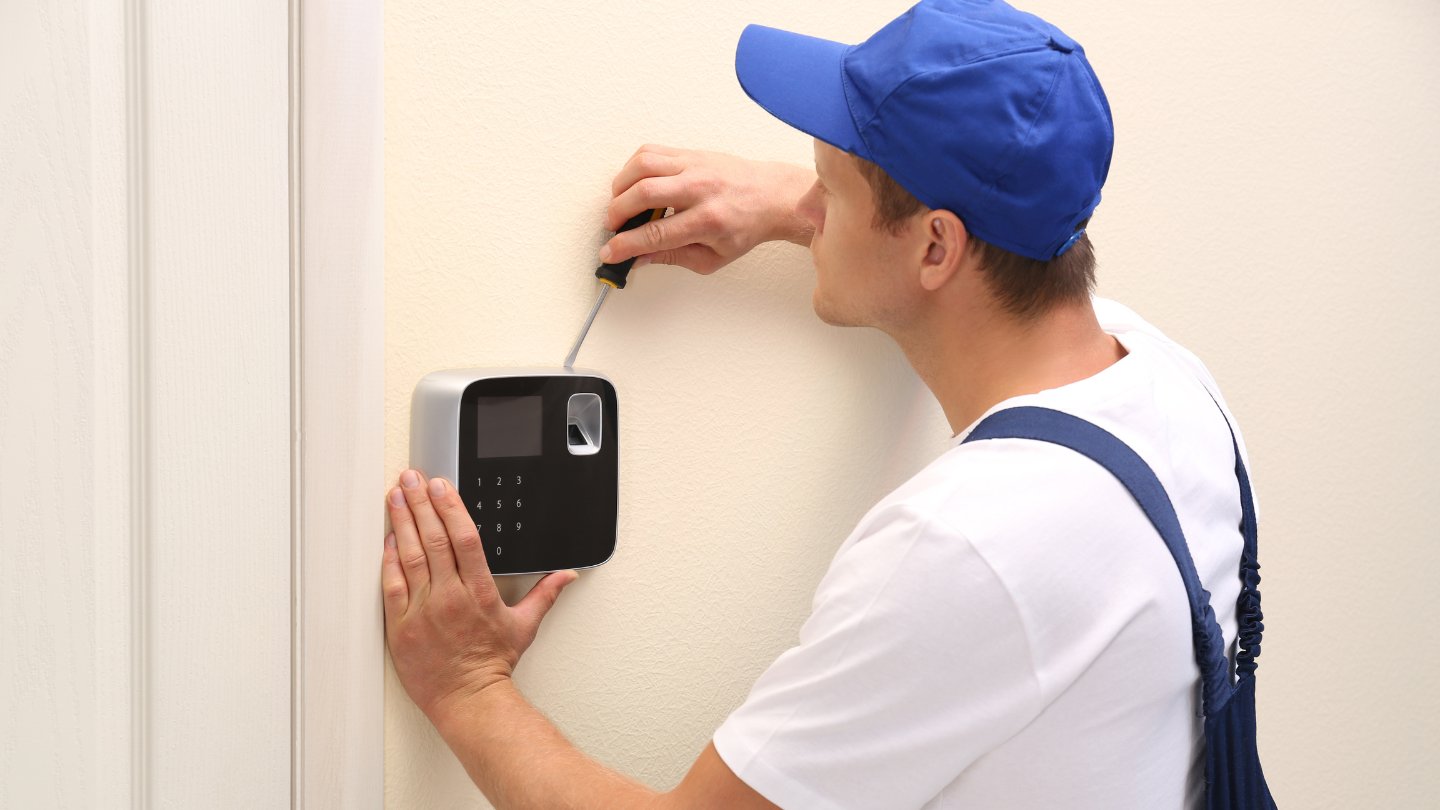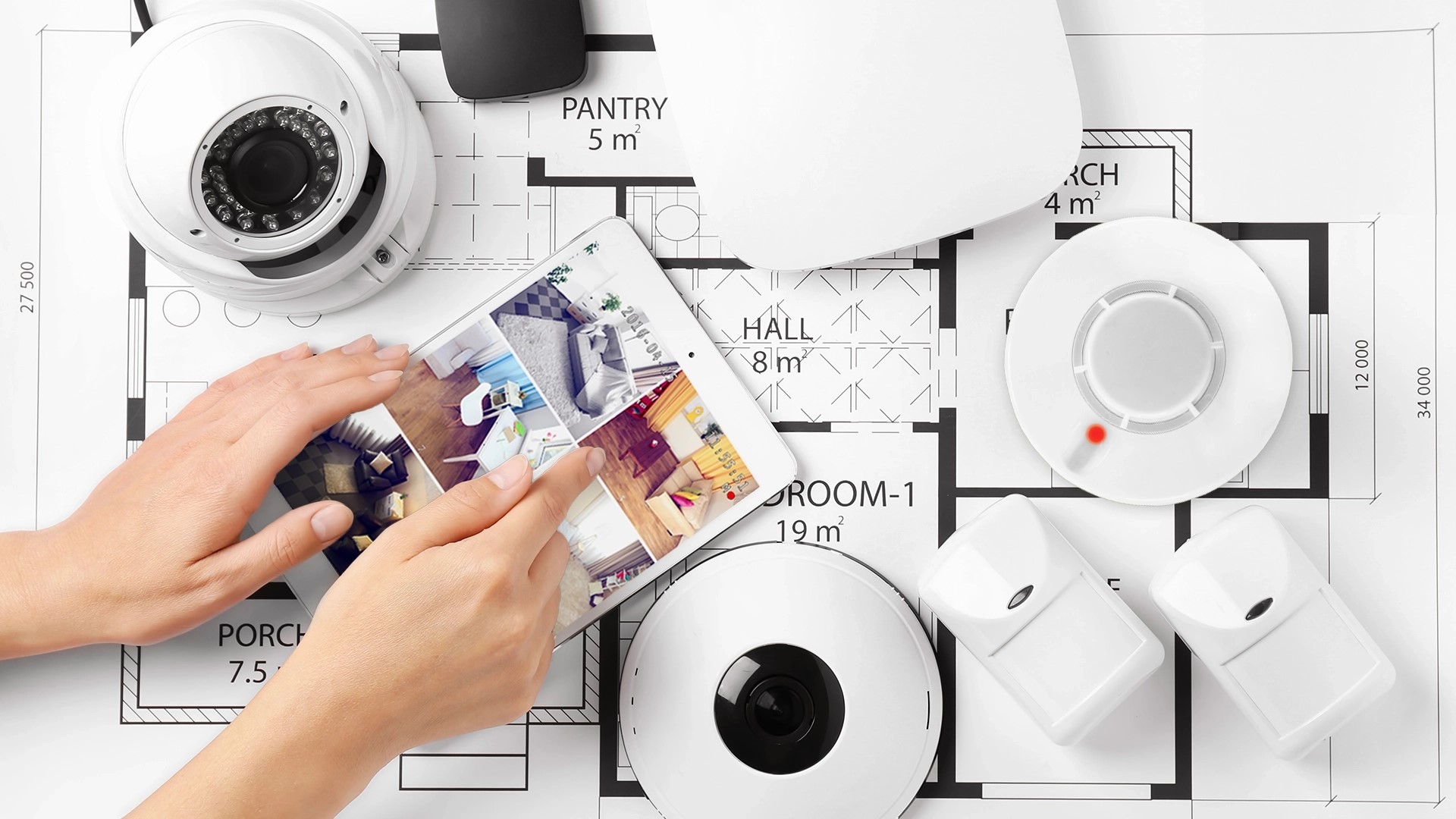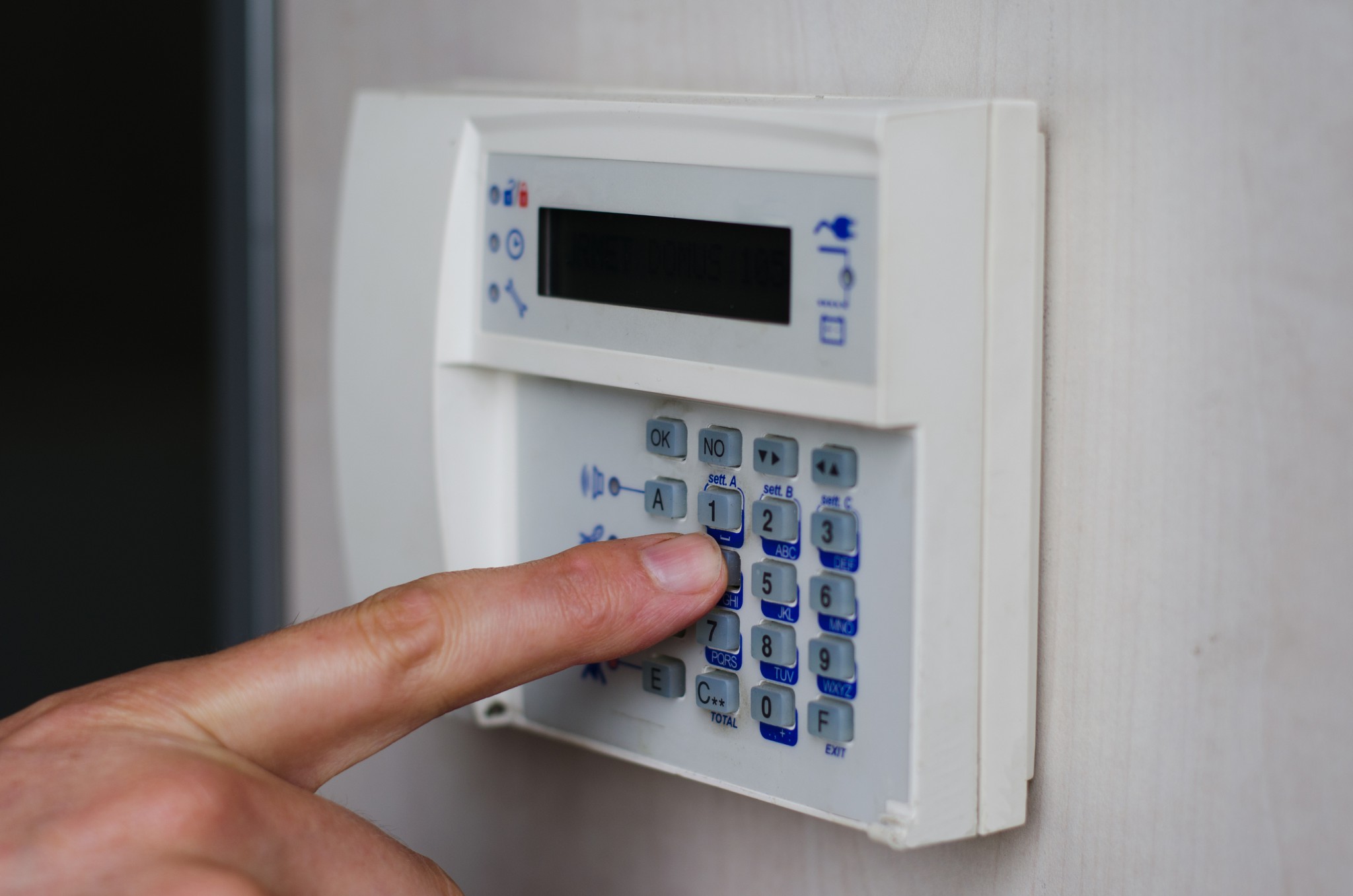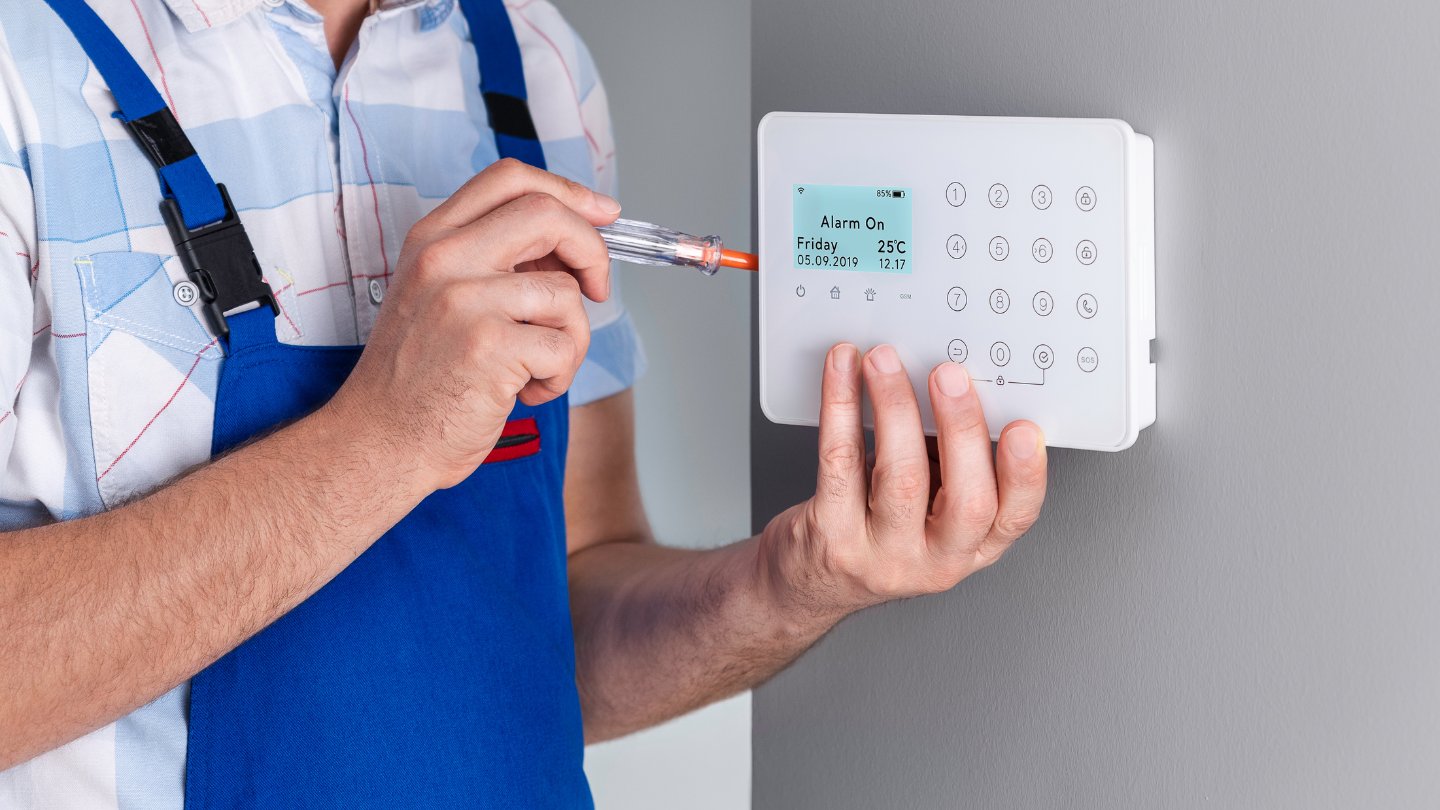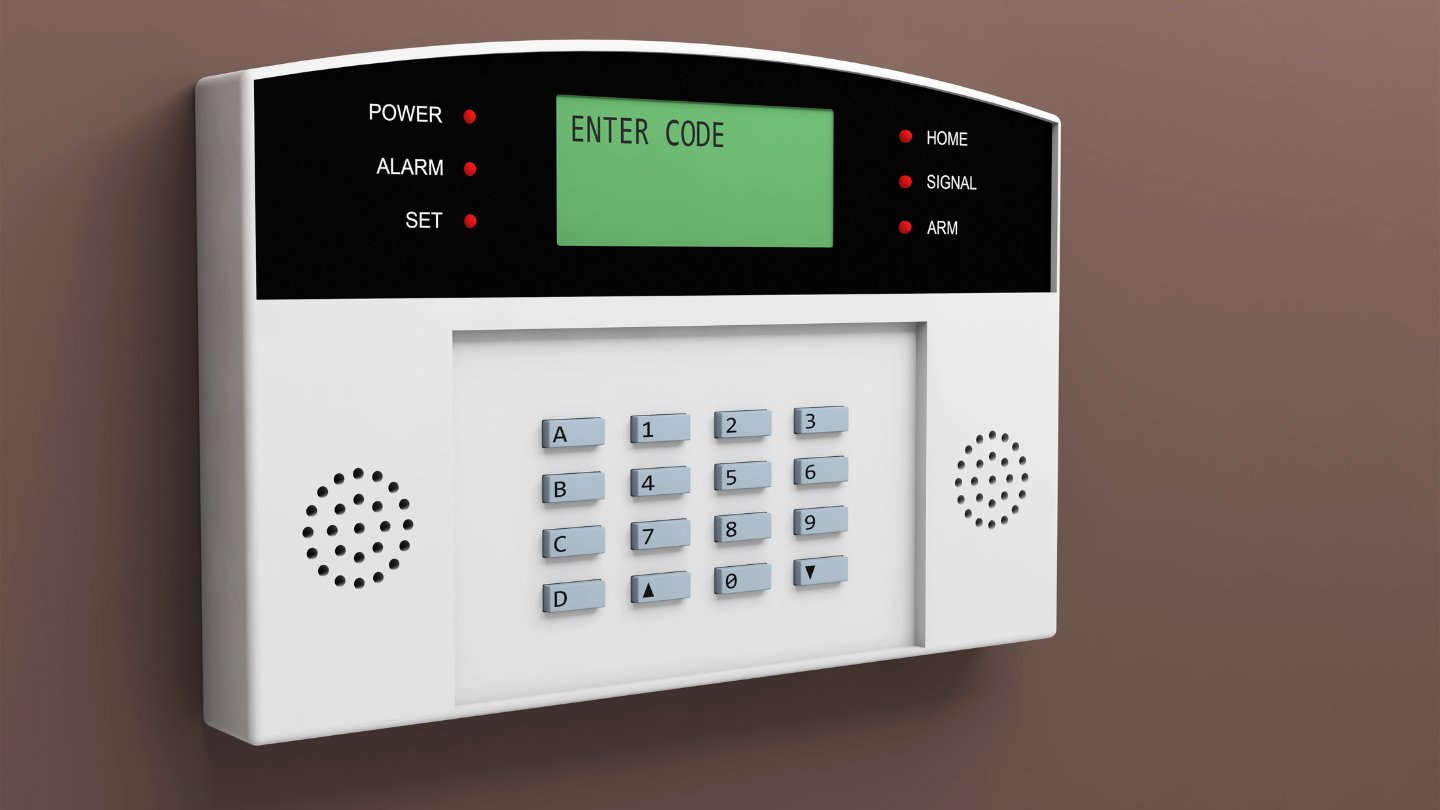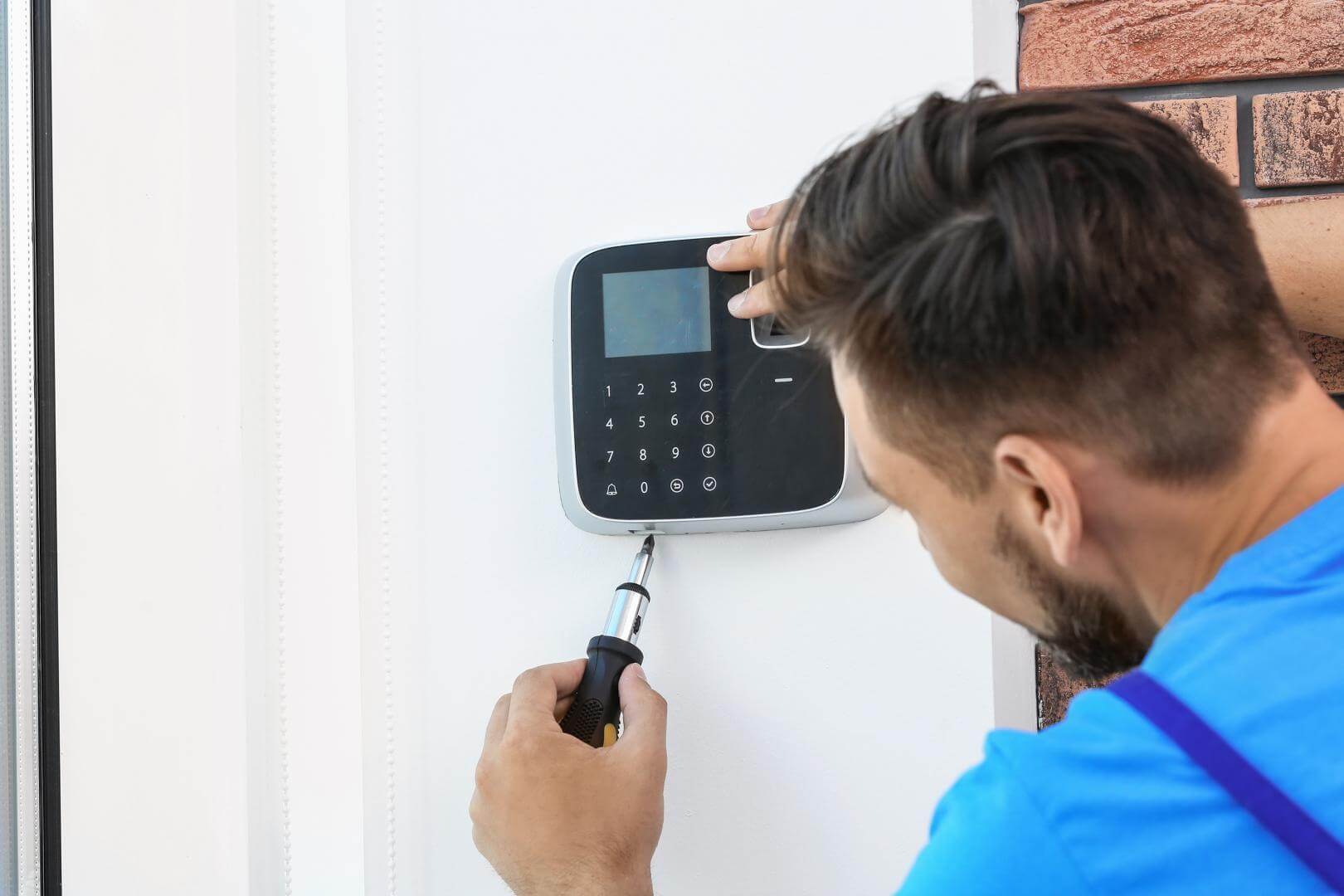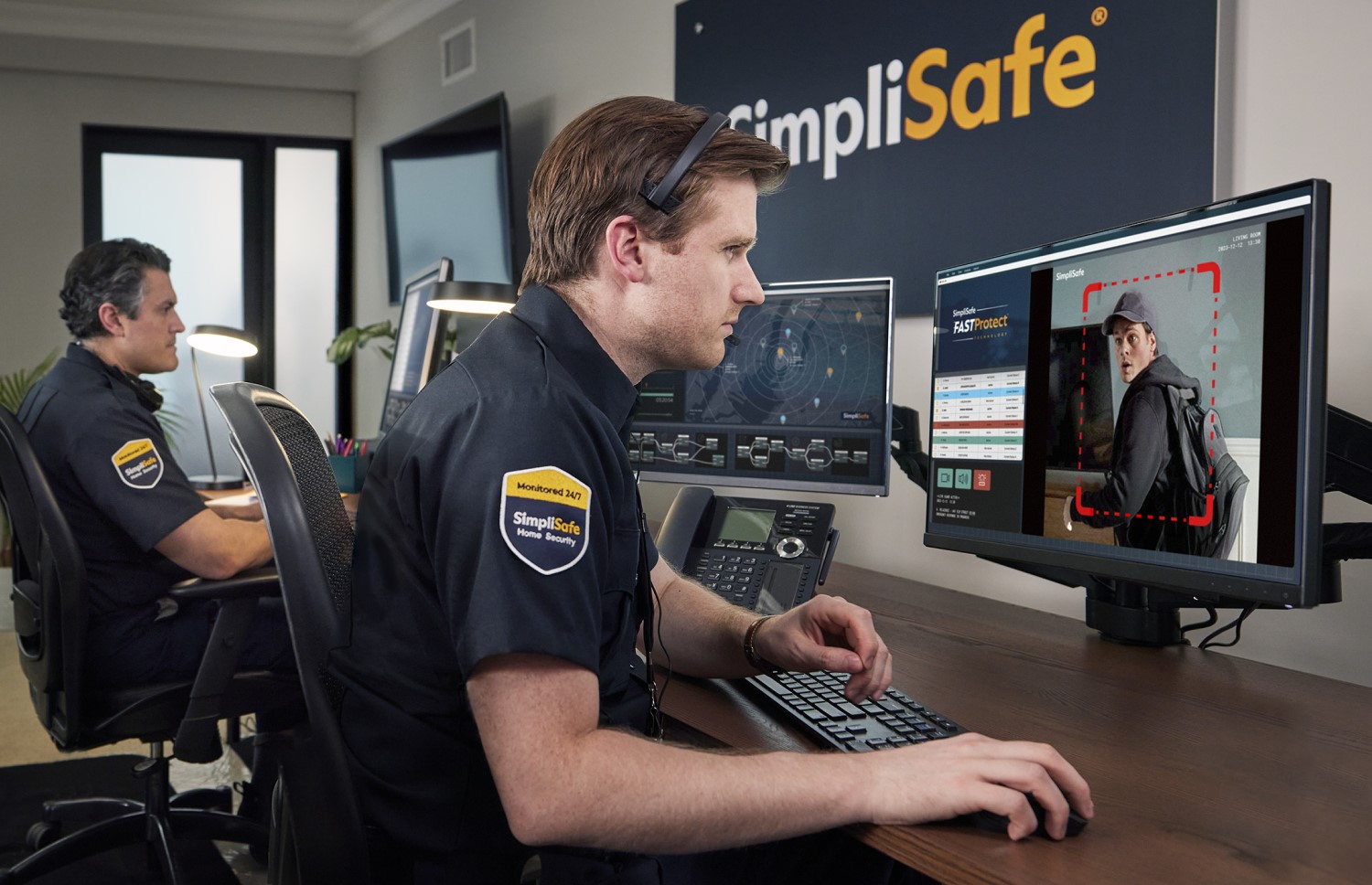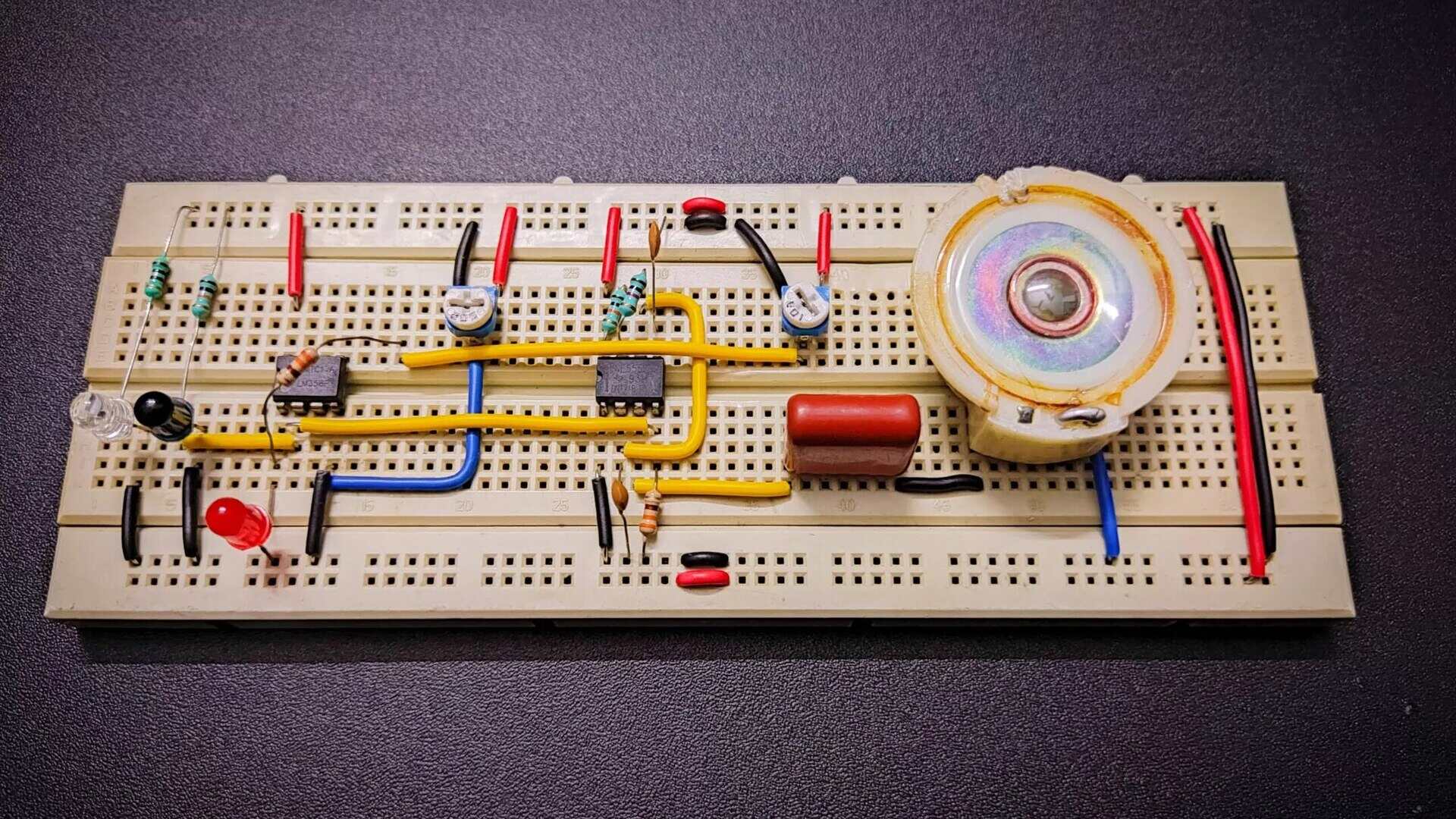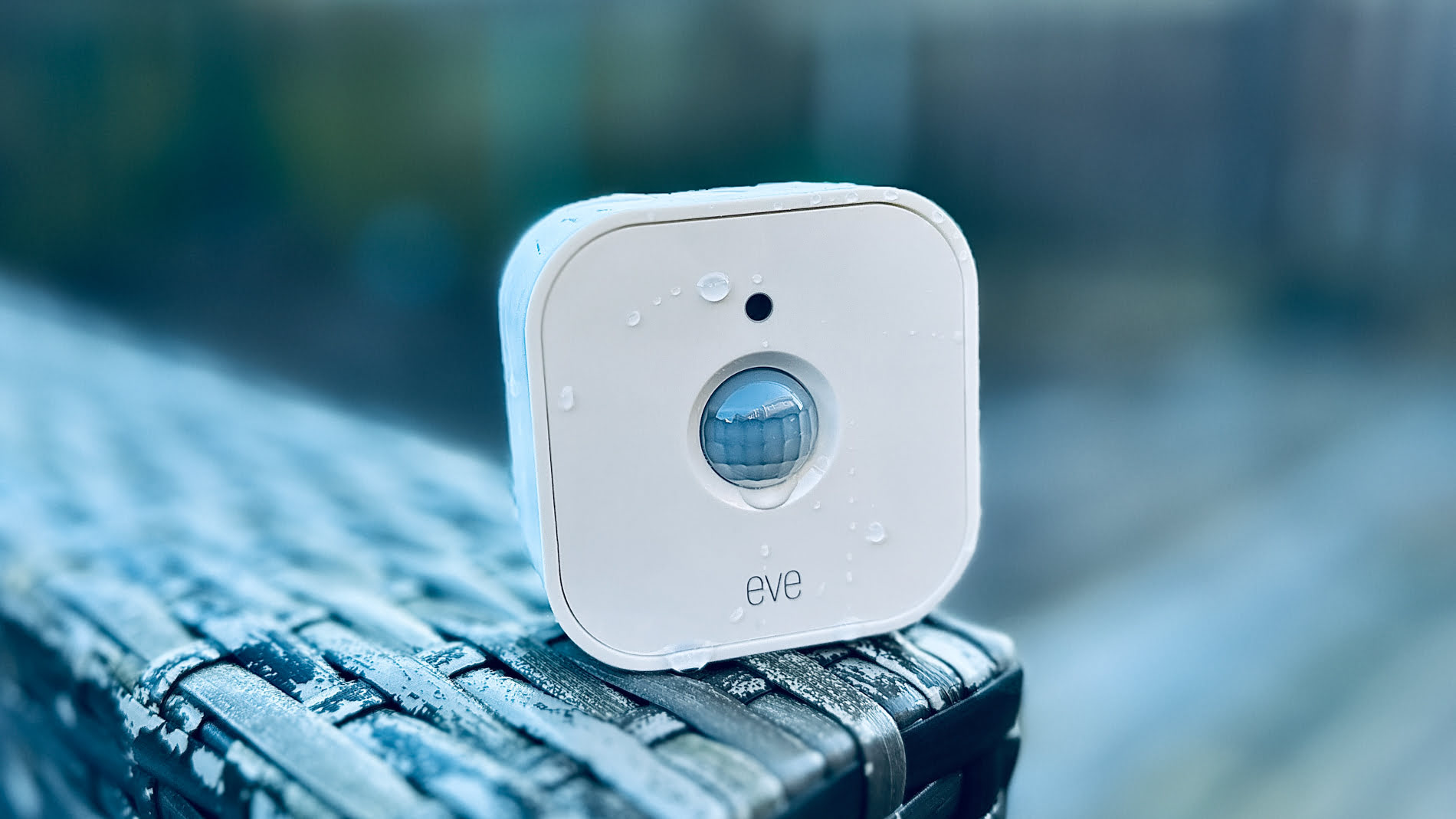Home>Home Security and Surveillance>How To Tell If A Home Has A Burglar Alarm
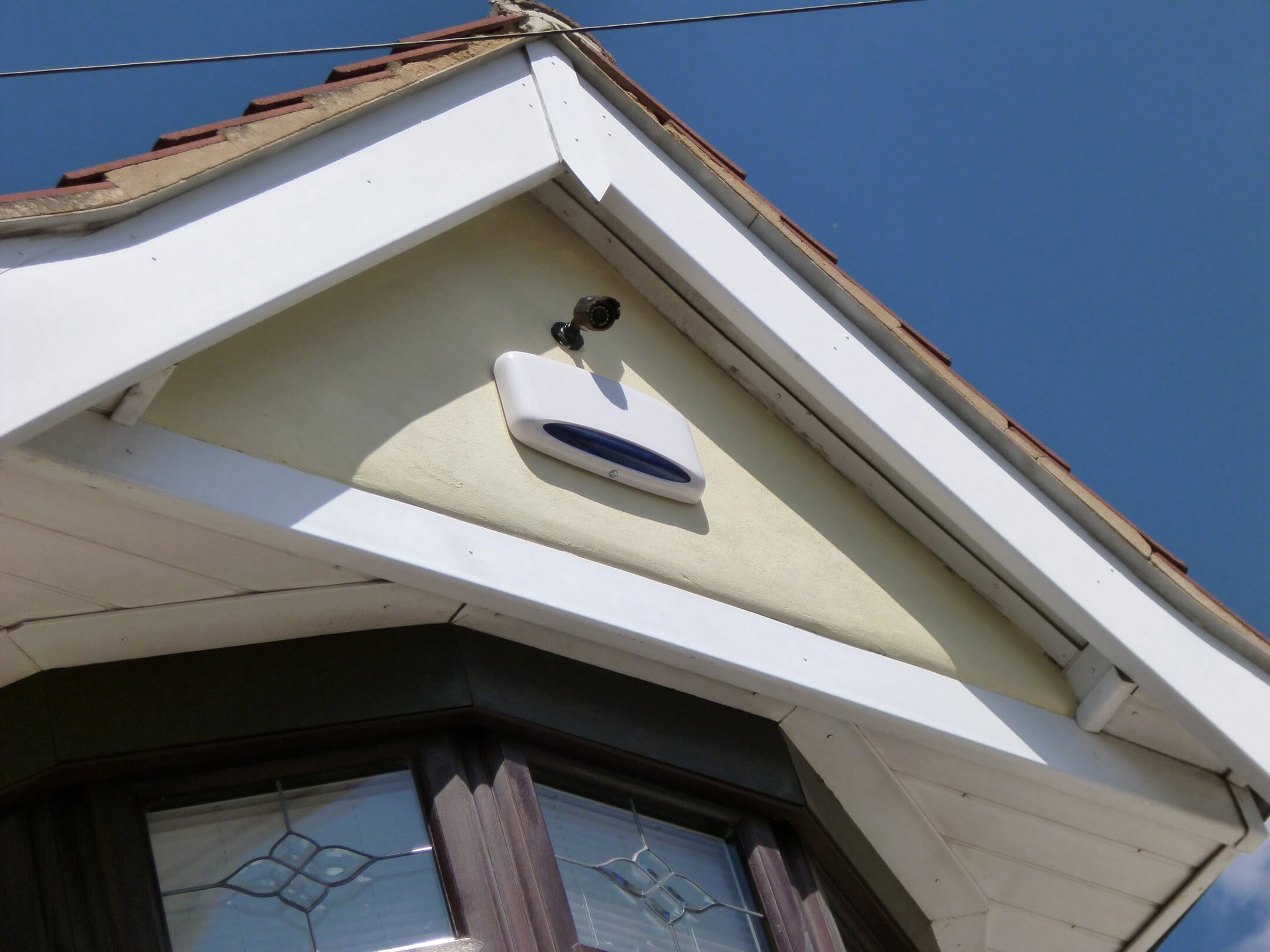

Home Security and Surveillance
How To Tell If A Home Has A Burglar Alarm
Modified: October 20, 2024
Learn how to determine if a home is equipped with a burglar alarm. Enhance your home security and surveillance with our expert tips and advice.
(Many of the links in this article redirect to a specific reviewed product. Your purchase of these products through affiliate links helps to generate commission for Storables.com, at no extra cost. Learn more)
Introduction
When it comes to protecting your home and ensuring the safety of your loved ones and belongings, having a reliable and effective burglar alarm system is essential. A burglar alarm is designed to detect unauthorized entry into your home and alert you, the homeowner, or the security monitoring center to take necessary action.
In this article, we will explore the various indicators that can help you identify if a home has a burglar alarm system. By being aware of these signs, you can determine whether a property you are considering purchasing or renting already has adequate security measures in place or if you need to invest in additional protection.
By understanding the importance of a burglar alarm and how to recognize its presence, you can make informed decisions to safeguard your home and loved ones.
Key Takeaways:
- Look for visible signs like alarm control panels, surveillance cameras, and yard signs to identify if a home has a burglar alarm system. These indicators provide valuable clues about the level of security in a property.
- Advanced burglar alarm systems offer features like wireless connectivity, remote monitoring, and smart home integration, providing enhanced protection and convenience. Conduct a thorough inspection and verify with homeowners or realtors to ensure a complete understanding of the security measures in place.
Read more: How To Disable A Burglar Alarm
Reasons to Check for a Burglar Alarm
Having a burglar alarm system in place offers numerous benefits and serves as a deterrent to potential intruders. Here are some compelling reasons why checking for a burglar alarm system is crucial:
- Enhanced Security: A burglar alarm system acts as a robust first line of defense, deterring burglars and minimizing the risk of break-ins. It provides peace of mind that your home is protected, even when you’re away.
- Quick Response Time: In the unfortunate event of a break-in, a burglar alarm system triggers an immediate response. The alarm will sound, alerting you, neighbors, or a security monitoring center, allowing for swifter action to protect your property.
- Protection of Valuables: A burglar alarm system not only safeguards your home but also protects your valuable possessions. The alarm system serves as an instant alarm, preventing thieves from stealing your precious belongings.
- Potential Insurance Benefits: Some insurance providers offer discounted rates or benefits for homeowners with burglar alarm systems. By having a recognized system installed, you can potentially reduce your insurance premiums and save money in the long run.
- Added Peace of Mind: Knowing that your home is equipped with a burglar alarm system brings a sense of security and peace of mind. Whether you’re sleeping at night or away on vacation, you can feel confident that your property is being protected.
Checking for a burglar alarm system ensures that you are making an informed decision when it comes to the security of your home. It allows you to assess the level of protection in place and take proactive measures to strengthen it if necessary.
Exterior Indicators of a Burglar Alarm
When inspecting a home for the presence of a burglar alarm system, there are several exterior indicators you can look out for. These signs can give you valuable insight into whether a property is equipped with adequate security measures. Here are some key exterior indicators:
- Visible Alarm Control Panel: One of the most common indicators of a burglar alarm system is the presence of a visible alarm control panel on the exterior of the home. This panel is typically located near the main entrance and displays information such as the alarm company’s name or logo.
- Surveillance Cameras: Surveillance cameras, often positioned at strategic points around the exterior of the property, indicate the presence of a comprehensive security system. Look for cameras mounted near entry points, such as doors and windows, as well as in other areas of the property that need monitoring.
- Yard Signs and Window Stickers: Many homeowners with burglar alarm systems prominently display yard signs and window stickers from their alarm company. These signs act as a deterrent, signaling to potential intruders that the property is protected. Look for signs in the front yard or stickers on windows.
- Motion Sensor Lights: Motion sensor lights are often integrated into burglar alarm systems. These lights automatically turn on when they detect movement, illuminating the area around the property. Their presence can indicate that the property has enhanced security measures in place.
- High-Security Locks: While not directly related to a burglar alarm system, the presence of high-security locks can be indicative of a homeowner’s commitment to home security. Look for locks that offer features such as keyless entry, deadbolts, or smart lock technology.
By observing these exterior indicators, you can get a good idea of whether a home has a burglar alarm system in place. However, it’s important to note that not all security measures may be visible from the outside. Therefore, it’s necessary to conduct a thorough inspection of the interior as well to confirm the presence of a burglar alarm system.
Interior Indicators of a Burglar Alarm
While exterior indicators provide valuable clues about the presence of a burglar alarm system, it is equally important to inspect the interior of a home for additional signs. Here are some interior indicators that can help you determine if a property has a burglar alarm system:
- Alarm Keypad: Look for an alarm keypad mounted on a wall near the main entrance or in the hallway. This keypad allows homeowners to arm or disarm the alarm system using a personalized code.
- Window and Door Sensors: Check for small, inconspicuous devices mounted on windows and doors. These sensors trigger the alarm when a window or door is opened or tampered with, providing an added layer of protection.
- Motion Detectors: Motion detectors are typically installed in key areas of the home, such as hallways or living spaces. These devices use infrared technology to detect movement and can trigger the alarm if an intruder is detected.
- Smoke and Carbon Monoxide Detectors: Many modern burglar alarm systems incorporate smoke detectors and carbon monoxide detectors. These devices are essential for home safety and can automatically trigger the alarm and notify emergency services in the event of a fire or gas leak.
- Panic Buttons: Look for panic buttons discreetly placed in various rooms, such as bedrooms or living areas. These buttons allow homeowners to quickly summon help during an emergency, triggering an immediate response from the alarm system.
By examining the interior of a home for these indicators, you can confirm the presence of a burglar alarm system. It is important to note that the specific features and components may vary depending on the type and sophistication of the system installed. If you are uncertain about the presence or functionality of a burglar alarm system, it is advisable to consult with the homeowner or a professional security provider for further clarification.
Look for signs of a burglar alarm system such as keypads near entry points, window decals or yard signs indicating the presence of an alarm company, and visible sensors on doors and windows.
Advanced Burglar Alarm Systems
In recent years, advancements in technology have led to the development of highly advanced burglar alarm systems. These advanced systems offer enhanced features and capabilities, providing homeowners with even greater peace of mind. Here are some notable features to look for in advanced burglar alarm systems:
- Wireless Connectivity: Advanced burglar alarm systems often utilize wireless connectivity, allowing for seamless communication between various components of the system. This eliminates the need for extensive wiring throughout the house, making installation simpler and less intrusive.
- Remote Monitoring: Many advanced systems offer remote monitoring capabilities, allowing homeowners to monitor their home’s security status and receive real-time alerts through a mobile app or web portal. This feature enables you to stay connected and informed even when you’re away from home.
- Smart Home Integration: Smart home integration is a prominent feature of advanced burglar alarm systems. These systems can connect and integrate with other smart devices in your home, such as door locks, lighting systems, and security cameras, providing seamless control and automation.
- Video Surveillance: Advanced burglar alarm systems often incorporate high-definition video surveillance cameras with features like night vision, motion detection, and two-way audio. These cameras can record and provide live footage, allowing homeowners to monitor their property visually.
- Mobile Alerts and Notifications: With advanced burglar alarm systems, you can receive instant alerts and notifications on your mobile device in the event of an alarm activation, entry attempt, or other security-related events. This helps you take immediate action and notify authorities if necessary.
- Integration with Security Professionals: Some advanced burglar alarm systems offer integration with professional security monitoring services. These services can provide 24/7 monitoring, ensuring a prompt response from security personnel in the event of an emergency.
Advanced burglar alarm systems provide a higher level of security and convenience for homeowners. When inspecting a home, it is worth inquiring whether the existing system incorporates any of these advanced features. Upgrading to an advanced system can offer added layers of protection and make your home even more secure.
Conducting a Physical Inspection
When determining if a home has a burglar alarm system, conducting a thorough physical inspection is crucial. While exterior and interior indicators can provide valuable clues, a closer examination will help confirm the presence and functionality of the system. Here are some steps to follow when conducting a physical inspection:
- Check for Alarm Control Panels: Look for alarm control panels near the main entrance or in a central location within the home. These panels typically contain a keypad or touchscreen where homeowners can arm or disarm the system.
- Inspect Doors and Windows: Examine doors and windows for signs of sensors or contacts. These small devices are typically mounted on or near entry points and detect any unauthorized attempt to open or tamper with them.
- Look for Motion Detectors: Scan rooms and hallways for motion detectors. These devices are typically installed in areas where movement is likely to occur. Check ceilings, corners, or walls for small, inconspicuous sensors.
- Identify Surveillance Cameras: Look for surveillance cameras positioned throughout the property. These cameras may be mounted on walls, ceilings, or other strategic locations to provide comprehensive coverage.
- Test Alarm System: If the homeowner grants permission, ask if you can test the alarm system. Use the provided code to arm and disarm the system and observe if it functions properly, including sounding the alarm and alerting any connected monitoring services.
- Consult the User Manual: If available, request the user manual for the burglar alarm system. This will provide detailed information on the system’s features, operation, and any additional components that may not be immediately apparent.
By systematically inspecting the home and its components, you can gather valuable evidence of the presence of a burglar alarm system. Take note of any indicators you find and consider their functionality and effectiveness in providing adequate security for the property.
If you are uncertain about any aspect of the burglar alarm system or have difficulty conducting the inspection, it is advisable to consult with a professional security provider or request assistance from the homeowner.
Verifying with Homeowners or Realtors
When assessing whether a home has a burglar alarm system, it can be beneficial to verify the information with the homeowners or realtors involved. Communicating directly with those familiar with the property can provide valuable insights and confirm the presence of a burglar alarm system. Here are some steps to take when verifying with homeowners or realtors:
- Ask the Homeowner: If you have the opportunity to speak with the homeowner directly, ask them about the presence of a burglar alarm system. Inquire about the type of system, its features, and any additional security measures they have implemented.
- Contact the Realtor: Reach out to the realtor handling the sale or rental of the property. Realtors typically have knowledge of the property’s security features and can provide information or direct you to the homeowner for further details.
- Request Documentation: Ask the homeowner or realtor for any documentation related to the burglar alarm system, such as installation records, service contracts, or user manuals. These documents can provide valuable information about the system and its maintenance history.
- Consider Previous Security Providers: Inquire with the homeowner or realtor about any previous security providers used for the property. Contacting these providers can help verify the existence of a previous or current burglar alarm system.
- Inspect Property Disclosure Forms: Property disclosure forms, required in some jurisdictions, often include information about security systems or recent upgrades to the property. Review these forms to see if any mention of a burglar alarm system is documented.
Verifying the presence of a burglar alarm system with homeowners or realtors adds an extra layer of assurance. It can help clarify any uncertainties and provide comprehensive information about the security measures in the home.
It is important to note that while homeowners and realtors can provide valuable insights, it is still recommended to conduct a physical inspection and evaluate the visible indicators discussed earlier. This multi-faceted approach ensures a thorough assessment of the property’s security features.
Conclusion
Ensuring the safety and security of your home is a top priority, and having a burglar alarm system is a crucial aspect of achieving that goal. By being able to identify the presence of a burglar alarm system, you can make informed decisions when it comes to protecting your property and loved ones.
Throughout this article, we have explored various indicators that can help you determine if a home has a burglar alarm system. From exterior signs such as visible control panels and surveillance cameras to interior indicators like sensors and motion detectors, these cues provide valuable insights into the level of security in a property.
Advancements in technology have also given rise to advanced burglar alarm systems, offering features such as remote monitoring, smart home integration, and video surveillance. These systems provide enhanced protection and convenience, further bolstering your home security.
In addition to examining exterior and interior indicators, it is important to conduct a physical inspection and verify the information with homeowners or realtors. This comprehensive approach ensures that you have a complete understanding of the security measures in place.
Remember, a burglar alarm system not only protects your home and belongings but also provides peace of mind. It acts as a powerful deterrent, offers a quick response in case of an emergency, and can potentially lower your insurance premiums.
Whether you are purchasing a new home, renting a property, or considering upgrading an existing system, being able to identify the presence of a burglar alarm system is vital. By utilizing the knowledge and indicators outlined in this article, you can make informed decisions to safeguard your home.
Investing in a reliable burglar alarm system is an investment in your home’s security and your own peace of mind. Stay vigilant, stay informed, and prioritize the safety of your home and loved ones.
Frequently Asked Questions about How To Tell If A Home Has A Burglar Alarm
Was this page helpful?
At Storables.com, we guarantee accurate and reliable information. Our content, validated by Expert Board Contributors, is crafted following stringent Editorial Policies. We're committed to providing you with well-researched, expert-backed insights for all your informational needs.
